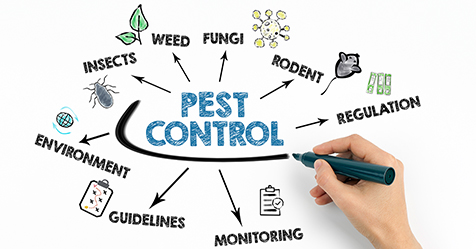Louisiana Reports First Bird-flu Infected Human to Need Hospitalization in the U.S.
CDC still investigating bird flu case that promoted hospitalization along with case of child who because ill after drinking raw milk
The Louisiana Department of Health (LDH) has detected the first presumptive positive human case of bird flu in Louisiana. The individual is a resident of southwestern Louisiana and is currently hospitalized as of the Dec. 13 report. As of the same date, the U.S. Centers for Disease Control and Prevention (CDC) has confirmed 60 total reported bird flu cases in the U.S. with the majority linked to dairy cows and poultry.
LDH’s Office of Public Health is coordinating with the CDC on the epidemiologic investigation. The investigation identified that the individual had exposure to sick and dead birds that are suspected to have been infected with bird flu.
In California, Marin County Public Health (MCPH) reported a suspected case of bird flu in a child who experienced fever and vomiting after drinking raw milk. The child has recovered, and no other family members became sick, indicating no person-to person transmission. MCPH is actively investigating this possible case of bird flu linked to raw milk consumption with the California Department of Public Health (CDPH) and the CDC. On December 6, CDPH issued an alert to healthcare providers to evaluate and test for bird flu in people who develop flu-like symptoms after consuming raw milk.
The CDC has reported 34 cases of bird flu this year in California, by far the most of any state. All CDC-confirmed cases are traced to cattle except for one unknown source.
As CMM previously reported earlier in December, the U.S. Department of Agriculture (USDA) issued a federal order requiring that raw (unpasteurized) milk samples nationwide be collected and shared with USDA for testing.
To date, no human-to-human virus transmission in the U.S. has been reported. Additionally, while the current health risk for the public is low, people who work with birds, poultry or cows, or who have recreational exposure to these animals, are at higher risk.


